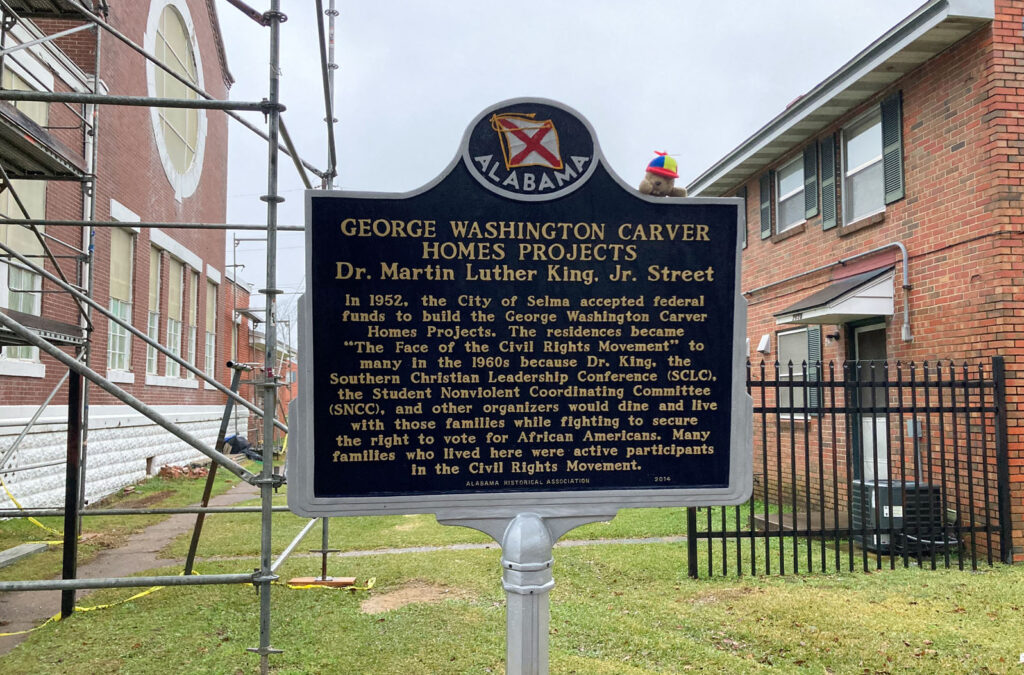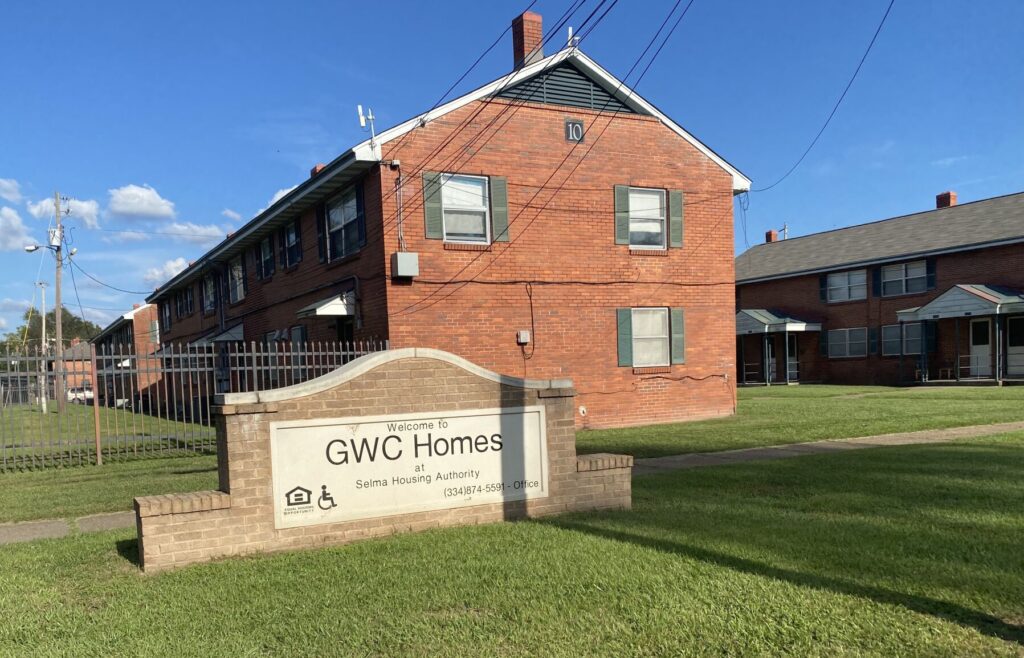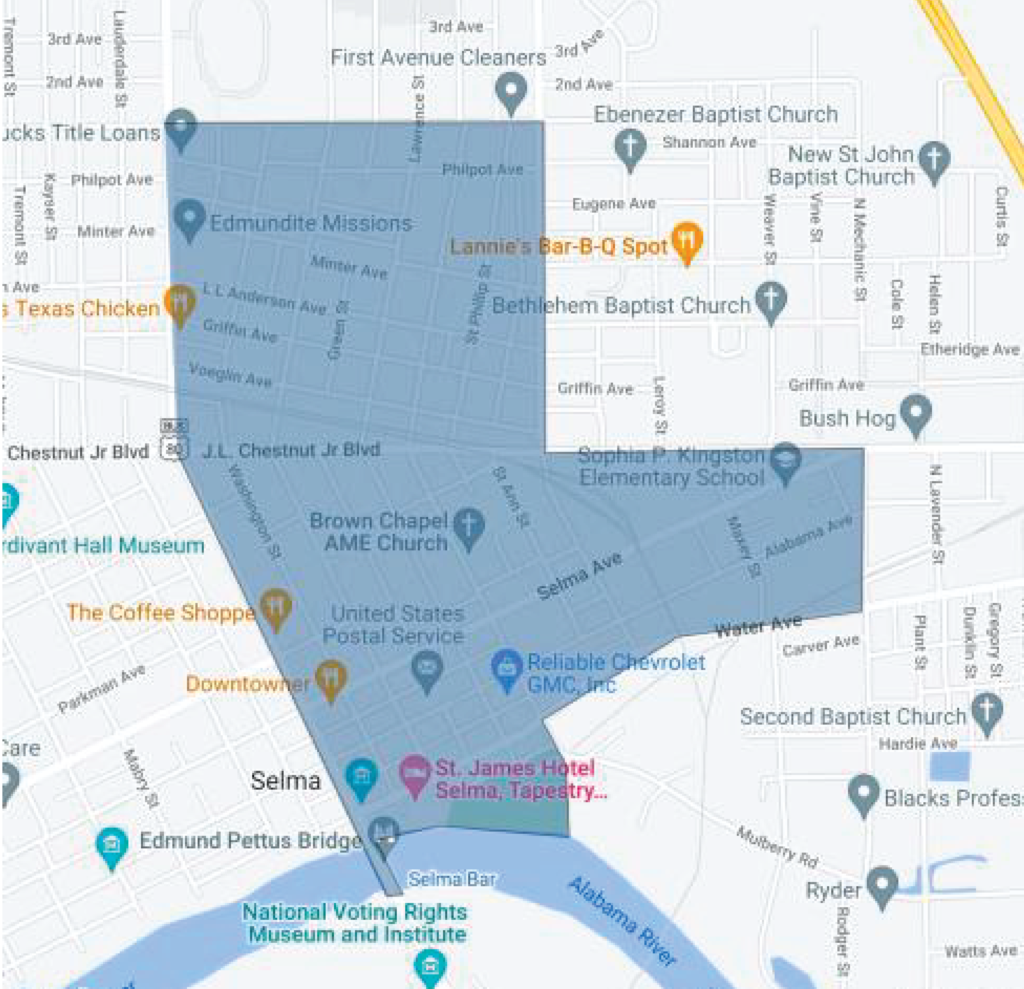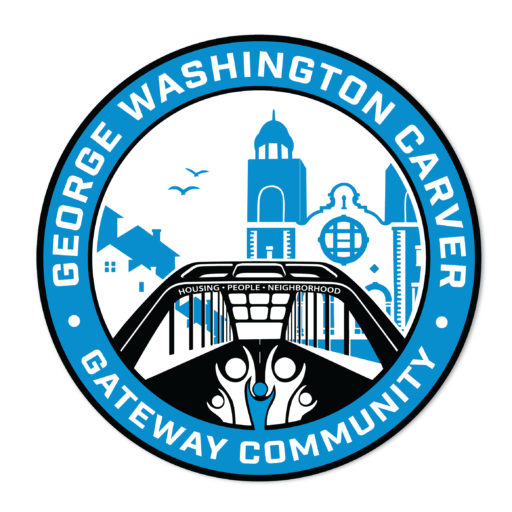About Choice
Choice Neighboorhoods Overview
The three core goals of CN are:
- HOUSING: Replace distressed public and assisted housing with high-quality mixed- income housing that is well-managed and responsive to the needs of the surrounding neighborhood.
- PEOPLE: Improve the outcome of the households living in the target housing related to income and employment, health, and education.
- NEIGHBORHOODS: Create the conditions necessary for public and private reinvestment in distressed neighborhoods to offer the kinds of amenities and assets, including safety, good schools, and commercial activity, that are important to families’ choices about their community. Choice Neighborhoods has two types of grants available to applicants: Planning Grant and Implementation Grant.

Planning Grant
This is a two-year (24-month) grant that supports the development of a comprehensive neighborhood Transformation Plan that focuses on directing resources to address the three core goals: Housing, People, and Neighborhoods.
Typical HUD Planning Grants Awards: $500,000
Implementation Grant
This eight-year grant supports those communities that have undergone a comprehensive local planning process and are ready to implement their “Transformation Plan” to redevelop the neighborhood.
HUD Implementation Grant Awards: up to $50M
Selma's Choice Neighborhood - Gateway Community Neighborhood

The CNI Implementation Grant supports communities that have completed a comprehensive local planning process and are prepared to execute their Transformation Plan for neighborhood redevelopment. MHA’s Transformation Plan received approval from the Department of Housing and Urban Development (HUD) in June 2023. Our immediate focus is to prepare for the implementation grant application, due on December 11, 2023.
This grant will provide up to $50 million to Public Housing Authorities (PHA) aiming to revitalize a target community by enhancing housing, neighborhoods, and the lives of its residents. The funds from this grant, along with a target of $75-100 million in monetary and/or in-kind leverage, will be invested in the George-Washington-Carver community with the goal of uplifting both the physical environment and its residents. For the complete plan, please click the link below.
Selmas Journey to the Planning Grant Award
Choice Neighborhoods Lead Grantee: Selma Housing Authority
Choice Neighborhoods Co-Grantee: City of Selma
Target Public Housing Project: George Washington Carver Homes
Target Neighborhood: Gateway Community Neighborhood Choice
Neighborhoods Grant Amount: $500,000
Project Summary: The target public housing site of George Washington Carver Homes was the starting point for the famous and historic marches across the Edmund Pettus Bridge that took place during the Civil Rights movement in 1965. Selma is a city that is known internationally but has not been immune to the legacy of segregation, slavery, and racial discrimination. Since 2010, Selma has experienced significant population decline. But it is a city with large potential and a rich cultural legacy in Alabama. The Gateway Community neighborhood, while distressed, has several assets on which to build, including churches that played vital roles in the Civil Rights movement and a Downtown that is filled with historic structures dating back to the early 1800’s. With a $500,000 Choice Neighborhoods grant, the Selma Housing Authority along with the City of Selma hope to revitalize the George Washington Carver Homes and, in so doing, jump start a wider transformation for the city of Selma.


Nestled in proximity to Alabama State University and crafted with families in consideration, Paterson Court offers a selection of 200 apartments ranging from studios to four-bedroom units. As the oldest among MHA’s public housing properties, Paterson Court stands as the most in need of restoration. Consequently, it presents an opportune candidate for a CNI Planning Grant.
Situated within Montgomery’s George-Washington-Carver neighborhood, which holds both historical significance and contemporary vitality in Black heritage, Paterson Court finds itself amid a strategic focal point within the city. Once bustling with vibrant entertainment and renowned clubs that attracted performers and spectators nationwide, today George-Washington-Carver neighborhood grapples with neglect. Despite many historic structures and residences standing, they now bear witness, albeit silently, to the opulence of an era preceding the Civil Rights movement.
HUD data underscores the pressing challenges facing the George-Washington-Carver neighborhood, with a staggering poverty concentration of 73.56% and a notable long-term vacancy rate of 16.41%, compared to 7.59% in Montgomery County. These statistics underscore the urgent need for interventions like the Choice Neighborhoods Initiative.
Consequently, MHA has identified Paterson Court as the focal point for its Choice Neighborhoods Initiative efforts. Through this initiative, MHA aims to facilitate the relocation of all Paterson Court households to new, secure, and hygienic housing within the George-Washington-Carver community.

